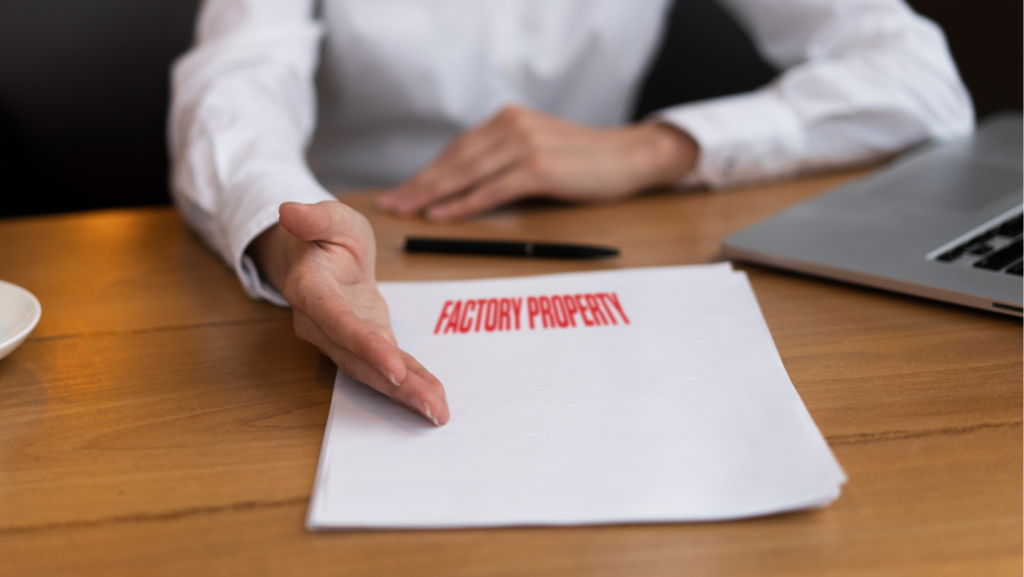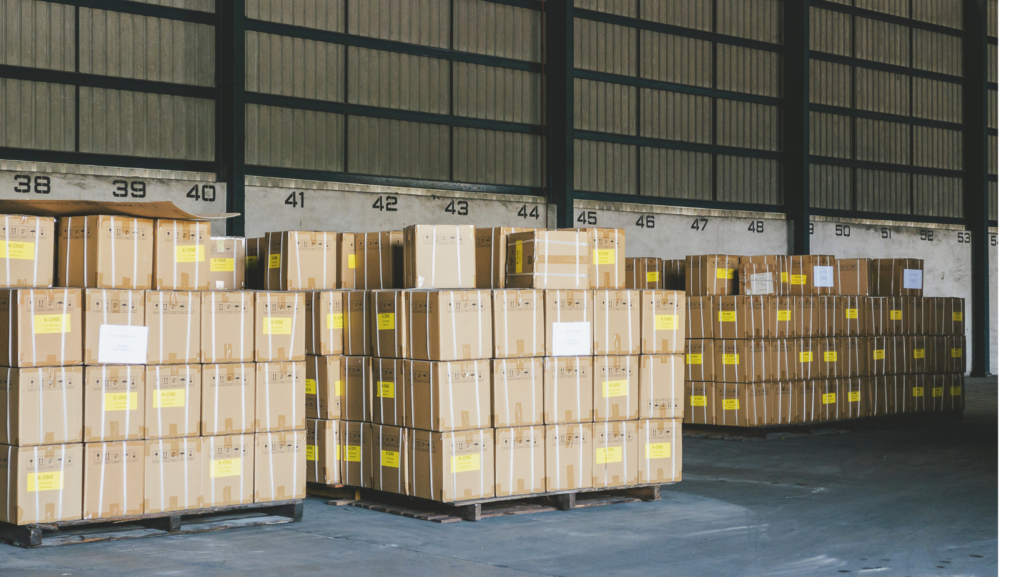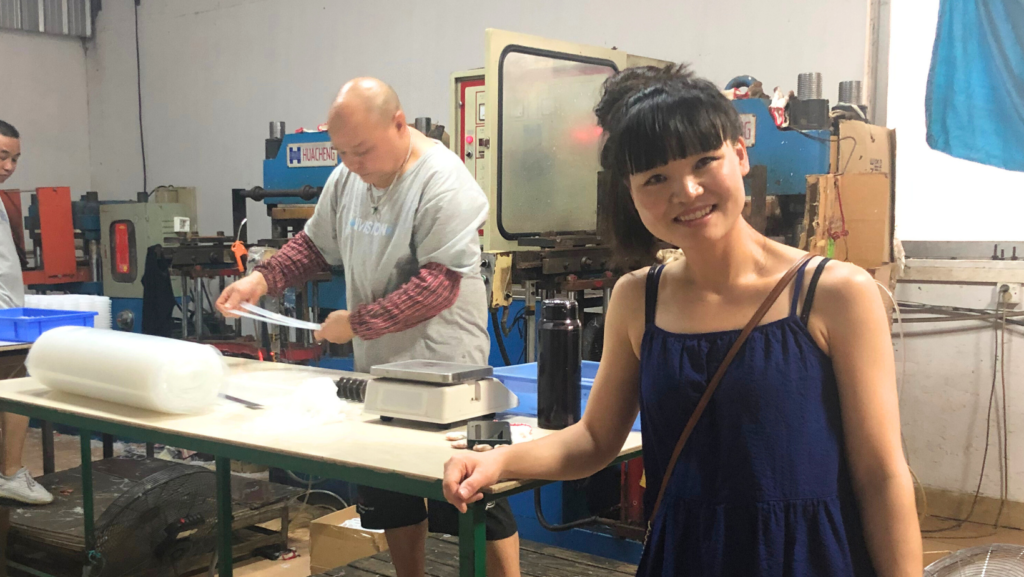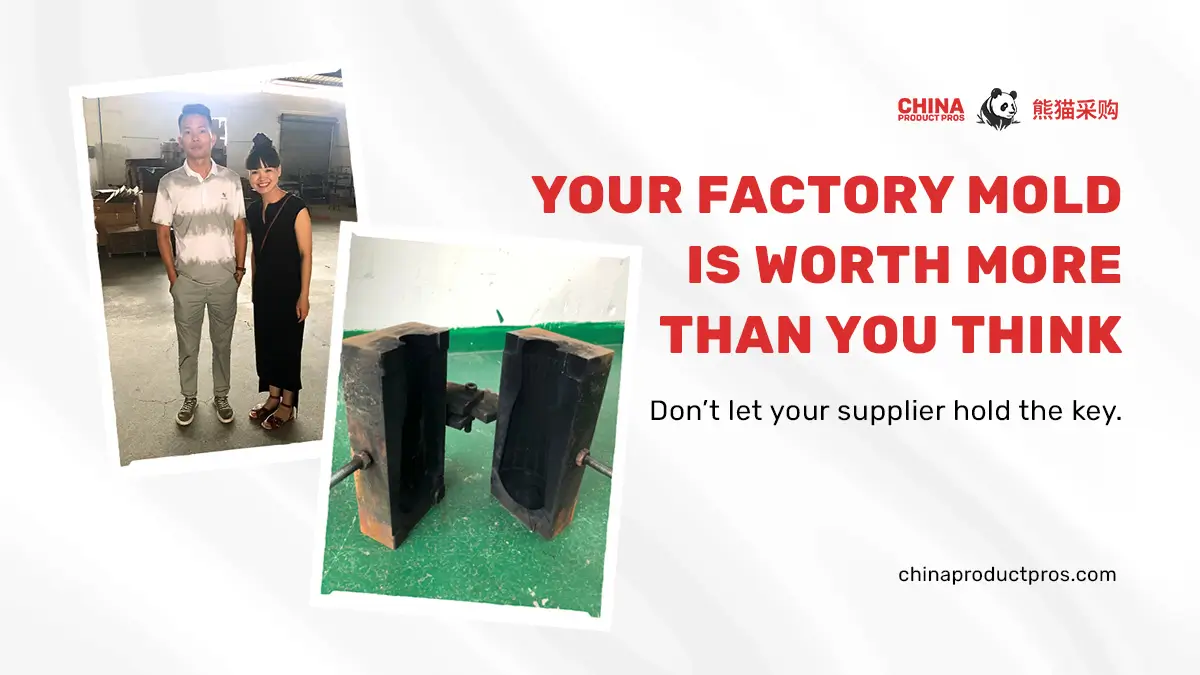Most importers don’t think about this—until it’s too late.
You’ve invested thousands—sometimes tens or hundreds of thousands—into custom tooling. You assume it’s yours. But the moment a factory relationship goes south, you realize: ownership isn’t about what you paid, it’s about what you can prove—and enforce.
We’ve heard this scenario play out many times:
Factories holding molds hostage. Disputes over ownership. Missed deliveries. Scrapped products. Legal threats. Massive delays when switching factories.
The good news? These issues are largely preventable—if you set things up right from the start.
Table of Contents
- Get the Ownership Agreement in Writing—Early
- Use Your Own Mold Agreement—Not Theirs
- Translate It—Properly
- Retain Physical Control (If You Can)
- Pay Strategically
- Avoid “Sharing” Mold Costs
- Have a Plan B
1. Get the Ownership Agreement in Writing—Early

Before you even wire a deposit, get a clear, signed mold ownership agreement. It should lay out:
- Who paid for the mold
- Who owns it
- Where it can be used
- What happens if the partnership ends
If it’s not in writing, it doesn’t count.
It’s that simple.
2. Use Your Own Mold Agreement—Not Theirs

Don’t accept the factory’s “standard mold contract.” It’s written to protect them—not you.
Use your own agreement, ideally one drafted or reviewed by someone who understands how Chinese commercial law actually works. That document is your leverage in any future negotiation or dispute.
At China Product Pros, we work with legal professionals who can draft bilingual agreements that protect your interests from day one..
3. Translate It—Properly

In China, a bilingual agreement isn’t just a formality—it’s your protection. Courts rely on the Chinese version if there’s a conflict. If your supplier “misunderstands” the English? Too bad for you.
Hire a professional translator. No shortcuts.
4. Retain Physical Control (If You Can)

Where your mold is stored matters.
If you’re switching factories, or working with high-volume or sensitive products, store your mold in a neutral, third-party location. This isn’t always realistic—but when it is, it’s a great way to keep leverage on your side.
We also offer the service to help clients store their mold at our China-based office.
5. Pay Strategically

Unless it’s for a low-cost mold, you should typically never pay 100% upfront.
Instead, tie payments to key milestones:
- Design approval
- First test samples
- Final sign-off
Also—never bundle mold costs with your product orders. Keep them separate. It avoids confusion and gives you a cleaner paper trail.
6. Avoid “Sharing” Mold Costs

Some factories will offer to “split” the mold cost with you, or “waive it” gradually based on future order volume.
Sounds tempting—but if your budget allows, don’t go for it.
Even with a contract in place, shared costs open the door for shared ownership. That means they might:
- Refuse to release your mold
- Claim it’s “factory property”
- Demand payment later if you switch suppliers
Best practice? Pay 100% of the mold cost yourself, upfront. No sharing. No promises of future compensation.
7. Have a Plan B

Even with everything above, things can still go wrong. Be ready:
- Know at least one backup factory that can accept your mold.
- Keep every drawing, communication, and payment receipt organized.
- Have trusted local support who can physically visit the factory if needed.
Molds are a big deal.
They’re expensive. They take time to make. And once they’re done, they’re the key to getting your product made right, every time.
This isn’t the part of your sourcing process to rush.
We’ve seen it too often—brands move quickly on product development, only to get stuck later. Not because of the design. Not because of quality. But because the mold was never properly protected.
And when that happens, things unravel fast.
You can’t switch suppliers. You lose leverage. In some cases, you lose the mold entirely. And suddenly, the product you worked so hard to build… is out of your hands.
Some parts of the sourcing process can move quickly. Molds aren’t one of them. This is where it pays to slow down.
Get the agreement right.
Make ownership clear from the start.
Don’t mix mold payments into product orders.
And if budget allows, don’t share costs—because shared costs often mean shared control with the factory.
Whether this is your first mold or your fiftieth, the same rule applies: protect it.
Like these tips? Subscribe to our newsletter for more insights on sourcing, manufacturing, and scaling your product business.


0 Comments